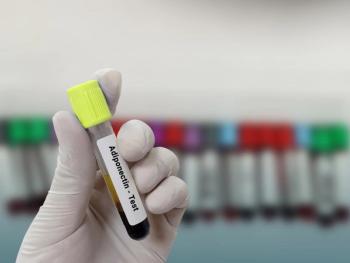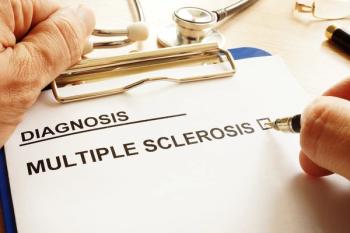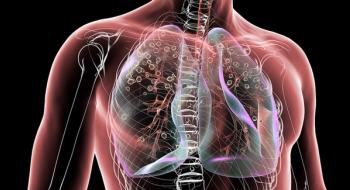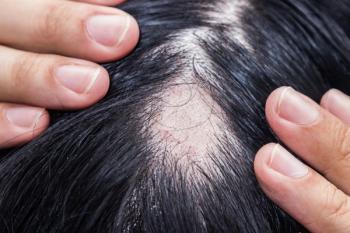
Alaska Sees Sharp Spike in HCV Infection Among Young Adults
While the majority of the adults infected with hepatitis C virus are baby boomers-people between the ages of 51 and 71 years-Alaska is seeing a large spike in infection rates among young adults.
While the majority of the adults infected with hepatitis C virus (HCV) are baby boomers—people between the ages of 51 and 71 years—Alaska is seeing a large spike in infection rates among young adults.
A
According to the bulletin, injection drug use (IDU) among young adults is likely the cause of the rising number of HCV-infected individuals between the ages of 18 and 29.
“Previous Alaska data on HCV prevalence demonstrated the majority of HCV cases reported were among ‘baby boomers,’” the authors of the report wrote. “The recent increase in HCV among young adults follows national HCV trends and we presume that our HCV-infected young adults share similar IDU risk factors.”
Although the number of reported HCV cases rose considerably across all age groups from 2011 to 2015 in Alaska, the increase was proportionally highest among young adults. In 2011, young adults represented 22% of all newly reported HCV cases, but in 2015, they represented 31% of new cases.
In addition, the Section of Epidemiology found that while most cases of new HCV infection across all age groups were in males, among young adults, females represented the most cases of new HCV infection.
The report noted that one of the ways to decrease IDU, and HCV infection, is through the use of syringe exchange programs.
Newsletter
Stay ahead of policy, cost, and value—subscribe to AJMC for expert insights at the intersection of clinical care and health economics.













































